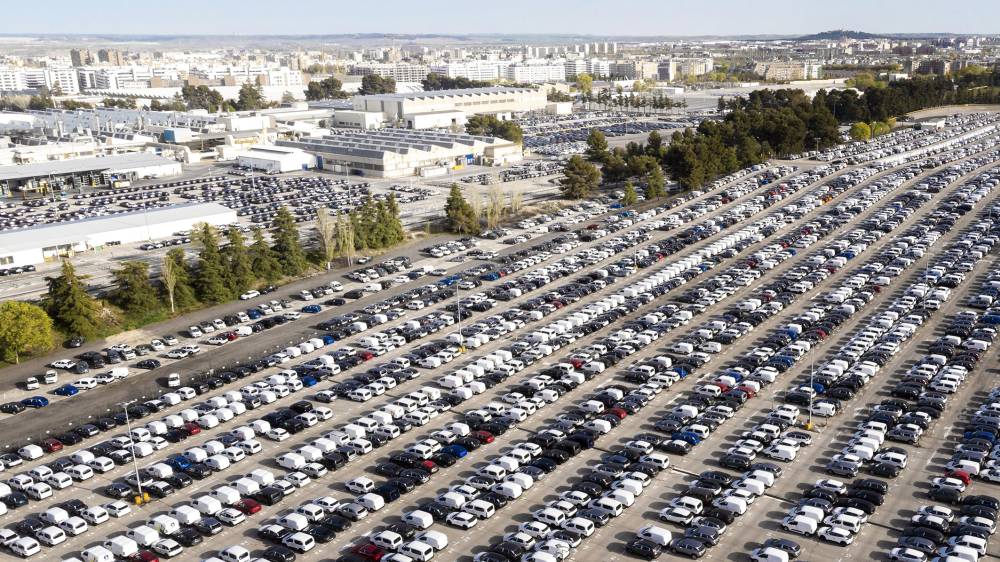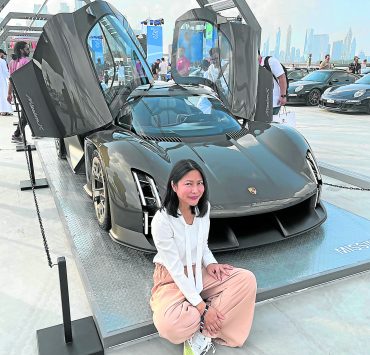Continuing the road to recovery

Among the many industries in the Philippines hit by the coronavirus pandemic more than three years ago, the local automotive sector is among those that continue to post strong signs of recovery, demonstrated by the continued rise in vehicle sales volume and manufacturing output.
Industry data released on a monthly basis by the Chamber of Automotive Manufacturers of the Philippines, Inc. (CAMPI) and the Truck Manufacturers Association (TMA) suggests that sales of automotive vehicles in the Southeast Asian country will be around one-fifth higher this year compared to 2022.
This would translate to around 423,000 new vehicles sold in the country this year.
On the manufacturing front, the Philippines’ vehicle output has also shown substantial growth from January to September, rising by more than 30 percent compared to the same nine-month period last year.
Back in 2018, former Executive Secretary Salvador Medialdea said the output value of the Philippines’ automotive industry reached more than P300 billion in 2017, adding that it was equivalent to about 4 percent of the country’s gross domestic product back then.
Sustained sales
Earlier this year, the CAMPI and the TMA projected that sales in 2023 will hit 395,000 units, a number which was revised just last September to 423,000 units due to better-than-expected consumer outlook.
From January to October, 352,971 units of new vehicles were sold in the Southeast Asian country, marking a 25.9-percent increase compared to the 280,300 units sold in the same period in 2022.
“We already achieved 83 percent of our 2023 forecast in October. With sustained demand, we are confident that we can achieve 423,000 units sales by year-end,” CAMPI President Rommel R. Guiterrez said in a statement late November.
Taking the monthly sales from January to October and averaging them over the ten-month period shows that 35,297 new vehicles are sold each month in the Philippines.
The local automotive industry’s sales track posted continuous growth during the entire period, with each month rising in the double digits except in September when growth slowed down to 5.9 percent.
With two months to go before year-end and given the number of vehicles sold each month, the local auto industry would end the year selling a little bit above the industry target for 2023.
Pulling off this sales volume in 2023 would put the Philippines automotive sector above pre-pandemic levels.
In 2019, local automobile firms sold a total of 369,941 units, which dropped by 40 percent to 223,793 units in 2020 at the height of the global outbreak of the coronavirus pandemic.
2021 saw unit sales bounce back, rising by 20 percent to 268,488 units, which further rose by 31 percent in 2022 to 352,596 units.
Manufacturing mileageAs of September, the Philippines’ vehicle production grew by 23 percent, with local assemblers manufacturing 10,822 units of vehicles during the month.
This is according to the monthly data released by the ASEAN Automotive Federation, an umbrella group of industry associations from member economies of the regional bloc, which tracks the output of five other countries that have manufacturing hubs in the group.
From January to September, 84,929 new vehicles were produced in the Philippines, marking a 33.3-percent increase compared to the same time in the previous year.
This would put the Philippines in fifth place among the six countries, trailing bigger producers such as Thailand, Indonesia, Malaysia, and Vietnam.
Despite being in the second to the last place in terms of production volume among its ASEAN peers, the country’s output looks to be on track to recover to 2019 levels given its monthly manufacturing performance.
In 2019, the Philippines had an annual production of 95,094 units, which dropped by almost 30 percent to 67,297 in 2020 during the health crisis.
Local producers were able to partially recover in the year prior, manufacturing 83,846 in 2021 and 92,223 units in 2022.

















